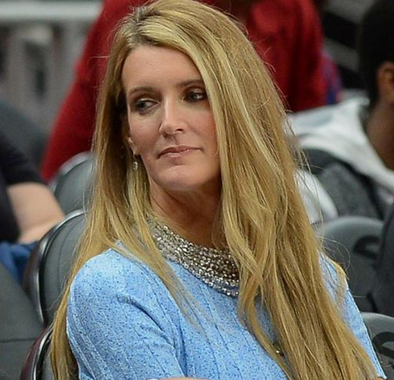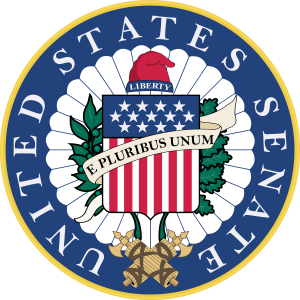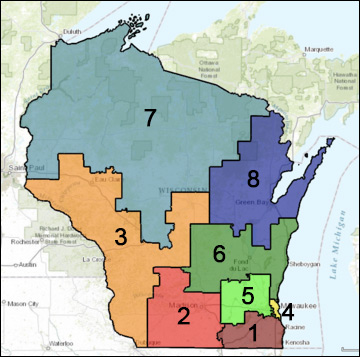By Jim Ellis
May 5, 2020 — Georgia is the only state this year that features two US Senate races, and a new poll suggests that both are interesting.
The Peach State’s politics have garnered more national attention since 2018 as election results suggest that Georgia is moving closer to the ideological center. Still conservative, the 2018 governor’s election that saw Republican Brian Kemp slipping past former state House Minority Leader Stacey Abrams (who has since become a national figure and one of the contenders to be Joe Biden’s vice-presidential running mate) by just over one percentage point. Additionally, the Democrats gained a congressional seat in the Atlanta metro area and came within 419 votes of converting a second.

Georgia Gov. Brian Kemp appointed businesswoman Kelly Loeffler (R) to the U.S. Senate to succeed retiring Sen. Johnny Isakson, who is leaving office at the end of the year due to health issues.
With this background, the Cygnal research organization released the results of their most recent Georgia statewide poll (April 25-27; 591 Georgia voters, all but six of whom say they are definitely or probably voting) and their data finds two competitive US Senate races unfolding.
The results reveal one incumbent in serious trouble and the other headed for a potentially competitive re-election battle. In fact, appointed Sen. Kelly Loeffler (R) trails not only US Rep. Doug Collins (R-Gainesville), who leads the jungle primary field by over 17 points, but actually places fourth in the field behind two Democratic candidates yet close enough to them to become entangled in a statistical tie. Sen. David Perdue (R) maintains just a six-point lead over the only Democrat tested against him, former congressional candidate Jon Ossoff.

 In Alabama, former US attorney general and ex-three term senator Jeff Sessions, and retired Auburn University head football coach Tommy Tuberville move to a postponed July 14 runoff that was originally scheduled for March 31. Tuberville placed first in the primary election by one percentage point over former Sen. Sessions, attempting to make a political comeback and overcome his national feud with President Trump. The longer runoff cycle may give Sessions the opportunity for a rebound.
In Alabama, former US attorney general and ex-three term senator Jeff Sessions, and retired Auburn University head football coach Tommy Tuberville move to a postponed July 14 runoff that was originally scheduled for March 31. Tuberville placed first in the primary election by one percentage point over former Sen. Sessions, attempting to make a political comeback and overcome his national feud with President Trump. The longer runoff cycle may give Sessions the opportunity for a rebound. April 20, 2020 — Within a 10-day period, two statewide polls producing radically different results were conducted of the North Carolina electorate. Rather unsurprisingly, the Republican polling firm turned in better results for the GOP candidates than did the Democratic company.
April 20, 2020 — Within a 10-day period, two statewide polls producing radically different results were conducted of the North Carolina electorate. Rather unsurprisingly, the Republican polling firm turned in better results for the GOP candidates than did the Democratic company.  According to the PPP research (April 13-14; 1,27 registered Kansas voters via interactive response device or text message), consensus Democratic Senate contender Barbara Bollier, a state senator from Mission Hills who is a former Republican legislator, would lead Kobach 44-42 percent in a head-to-head match-up.
According to the PPP research (April 13-14; 1,27 registered Kansas voters via interactive response device or text message), consensus Democratic Senate contender Barbara Bollier, a state senator from Mission Hills who is a former Republican legislator, would lead Kobach 44-42 percent in a head-to-head match-up. By Jim Ellis
By Jim Ellis
